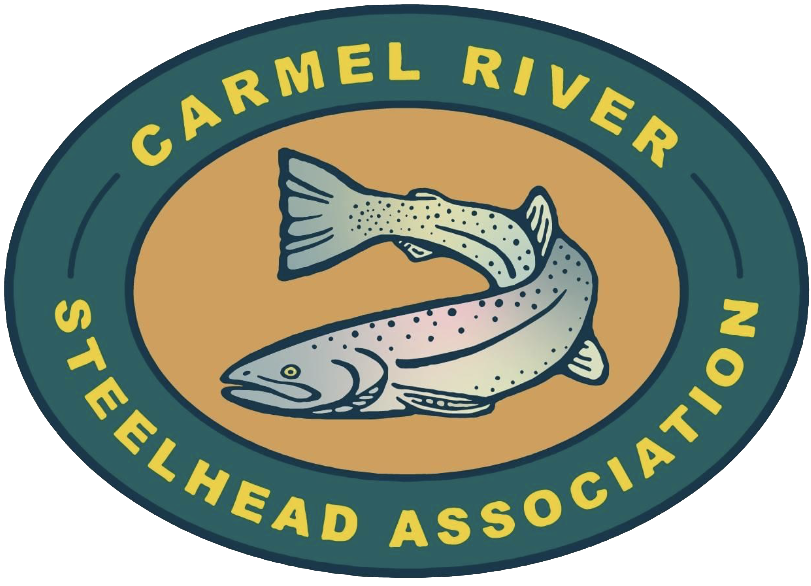Between 1982 and 1995 the Monterey Peninsula Water Management District (MPWMD) first filed a permit application and then filed an amended permit application with the State Water Resources Control Board (SWRCB) for a water permit for New San Clemente Dam they were planning to build. Although the voters turned the dam down and it was never built, the SWRCB issued permit 20808 to MPWMD for 29,000 acre feet of water.
A new way to utilize permit 20808 was developed where MPWMD and Cal Am working together would take “excess” water from the Carmel River in the winter and pump it to Seaside and store in the Seaside Ground Water Basin for future use; therefore, aquifer storage and recovery was planned with ASR II being the second phase of the program.
Part of the 29,000 acre feet of water was split off for ASR I (2,426 acre feet) still leaving 26,574acre feet of water in the original permit.
In 2008 MPWMD filed a petition to again change the remaining original permit to allow ASR II to pump an additional 2,900 AF of water at a maximum rate of 8.0 cubic feet per second (cfs).
In 2008 CRSA and National Marine Fisheries Service (NMFS) filed protest against the petition to change the permit. The CRSA protest was because of environmental concerns, mainly because MPWMD wanted to allow pumping in the winter if the river was running over 80 cfs. From walking the river, CRSA strongly suspected that adult steelhead could not migrate upstream
when the river was that low.
To confirm this, CRSA hired Dr. Stacy Li, a retired NMFS biologist, to both help and teach CRSA to perform a Physical Habitat Modeling Platform (PHABSIM) study. Through the efforts of CRSA it was shown that in 2008 on one particular riffle it would take 160 cfs for adult steelhead to migrate upstream.
Using the timely protest as leverage, CRSA negotiated with Cal Am, MPWMD and NMFS to set new pumping standards for the time between the river breaching to the ocean for the first time and the first of May at 120 cfs. After the first of May and until the river breached again, there would be no pumping unless the river was running above 40 cfs.
While this was a great victory for fish it has become even more important because those same flow requirements have been included in water permits issued after ASR II was final.
With the issuing of the permit for ASR II, MPWMD now has three permits one for ASR I of 2,426 acre feet, one for ASR II of 2,900 acre feet and the remainder of the original permit of 23,647 acre feet.
